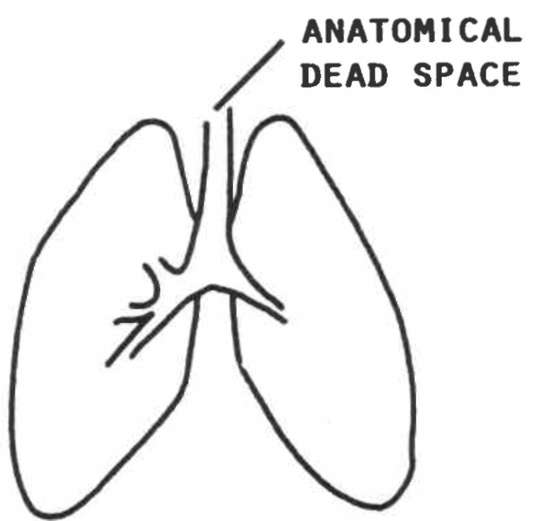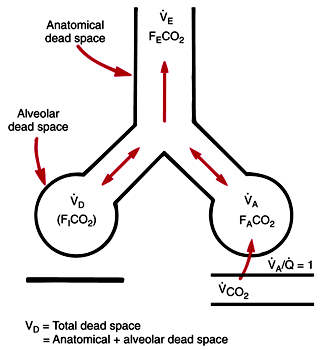
The inability of high V/Q areas to compensate for low V/Q zones owing to the relatively small contribution of blood flow from these high V/Q units was not discussed. V/Q scatter as well as true shunt (V/Q=0) and dead space (V/Q=∞) needed to be considered. Candidates did not accurately define V/Q inequality and the physiological factors causing this phenomenon. Very few candidates demonstrated understanding of this core topic. Answers expected included a description of V/Q ratios throughout the lungs and an explanation of how V/Q inequality lowers PaO2Ģ014B 05: 8% of candidates passed this question. Overall answers lacked sufficient detail on a core area of respiratory physiology.
↑ compression of intra-alveolar vessels → ↑ west zone 1 → ↓ Qīlood hydrostatic pressure low (high gravity)Ģ017B 06: 48% of candidates passed this question. ↓ total number of alveoli → ↓ diffusive area → ↓ V. Both V and Q ↓ as you move from base to apex. Ventilation, perfusion, V/Q matching Vertical segments based on V and Q Base +3.5cm H2O →airway closure → gas trapping & shunt. Apex: -4cm H2O → on steeper part of compliance curve → ventilation better. Apex and base on different part of compliance curve. But compliance lesser (due to baseline distension). causes gradient of pleural pressure: Apex (-10cmH2O) Base (-2.5cm H2O). Weight of lung on alveoli and pleura above:. Inspiratory muscle contraction → Overcomes resistance to insp flow → negative alveolae pressure -1cm H2O → VT 500ml. Vertical gradient of pleural pressure and alveoli Inspiration Q03 – Measurement of Haematological System. Q02 – Pharmacology of Haematological System. Q01 – Physiology of Haematological System. K02 – Pharmacology related to the Nervous System. G06 – Applied Cardiovascular Physiology. 
G03 – Determinants and Control of Cardiac Output.

G02 – Electrical Properties of the Heart.G01 – Structure and Function of the Heart.F11 – Respiratory Pharmacology and Therapeutic Gases.F09 – Pulmonary Function Tests and Equations.F07 – Diffusive Transfer of Respiratory Gases.F06 – Ventilation-Perfusion Relationships.F01 – Anatomy of the Respiratory System.






 0 kommentar(er)
0 kommentar(er)
